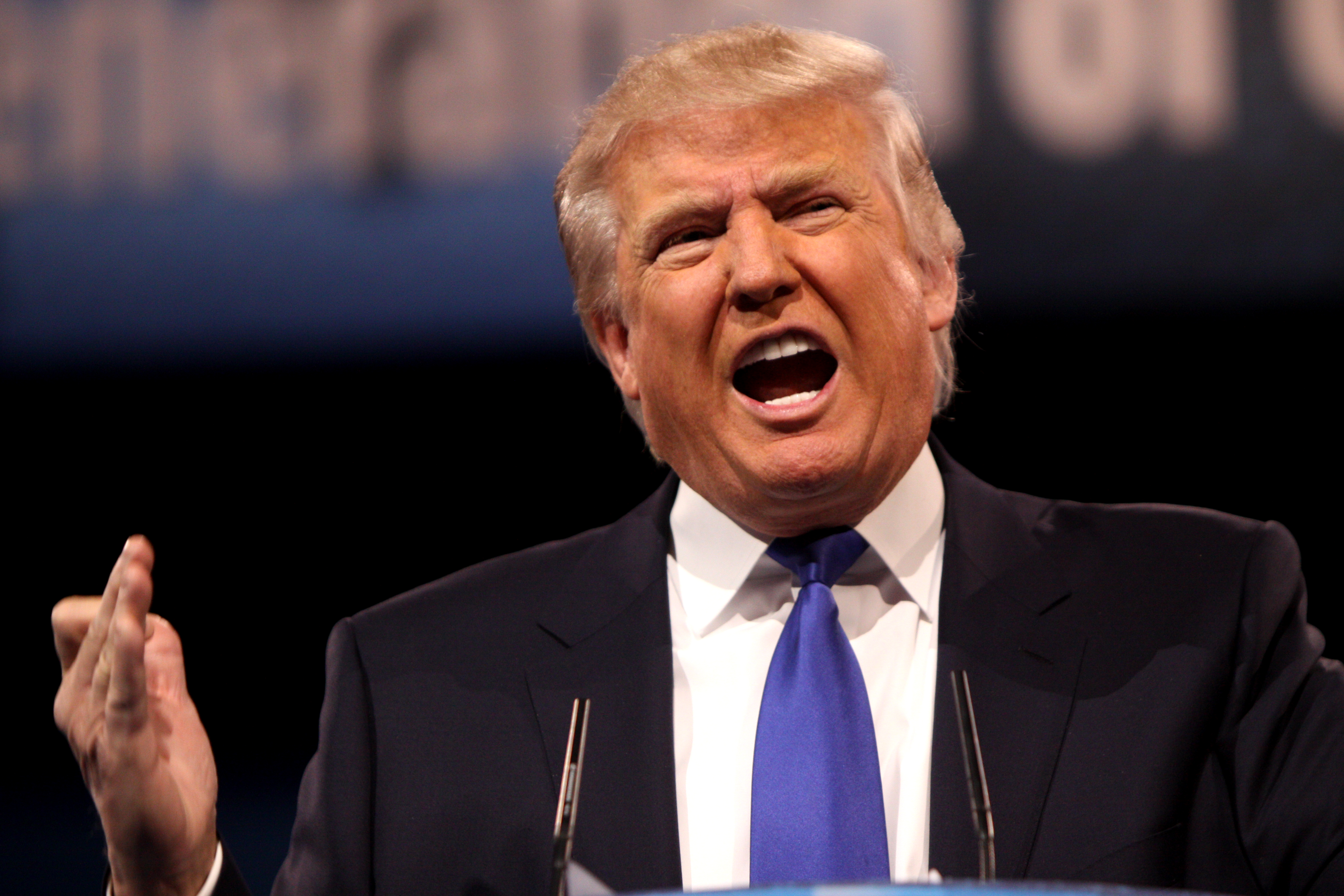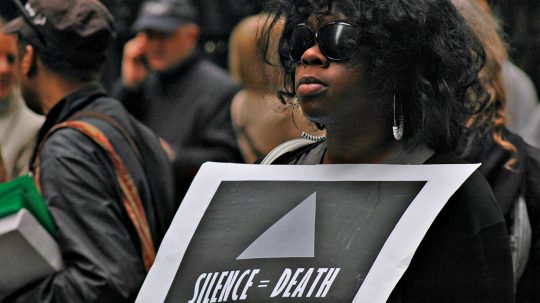With Donald Trump finishing his first international tour as president, there are new questions about the future of foreign aid.
In May, Donald Trump kicked off his first trip abroad as president. His first port of call was Saudi Arabia, a nod to the strategic importance of the Middle East. The region will be strongly affected by Trump’s America First approach to foreign spending. In a surprise move, the White House’s 2018 fiscal year proposal suggests a 4.6 per cent raise in aid for the Palestinian territories. Iraq, Syria, and Libya would also benefit as America looks to protect its security interests.
However, there are more losers than winners in the administration’s overhaul of foreign aid. If Trump gets his way, diplomacy, and foreign development funds will be slashed by a third. The reduction would affect programmes relating to health, food and climate change. Programmes like these help support human rights around the world. These rights include access to health care, adequate nutrition, and good governance.
Under the new budget, countries such as Jordan, Lebanon, and Yemen would also be worse off. The Project on Middle East Democracy estimates that North African and Middle Eastern countries will see their assistance shrink by $850 million (£656 million).
In America, opposition to Trump’s plan is mounting. Critics allege that the cuts will hurt the poor, increase security risks, and weaken US influence overseas. Others applaud the move as being long overdue, arguing that the money should be diverted towards the American people.
The controversy over Trump’s proposed cuts has parallels in the UK. In the lead-up to the General Election, voters are asking about the future of foreign aid. So how much do we really spend on foreign aid and where does the money go?
How Much Does the UK Spend on Foreign Aid?

The UK’s current target for international aid is 0.7 percent of the gross national income (GNI). GNI basically means the market value of all the products and services produced in one year by labour and property by citizens of a country.
The United Nations (UN) sets this percentage as a voluntary benchmark for donor countries. In 2015, the UK government made meeting the 0.7 percent mark a legal requirement. The provisional spend on foreign aid was £13.3 billion for 2016.
How Does UK Foreign Aid Compare to Other Countries?

Out of all the G7 countries, only the UK and Germany met the UN goal of 0.7 per cent last year. In terms of volume, the UK’s donation is second only to the US. However, Luxembourg, the United Arab Emirates, Turkey, Denmark, Sweden, and Norway all meet or surpass the 0.7 per cent target.
Where Does Foreign Aid Go?

The government’s manifesto says the purpose of international aid is, “building a safer, healthier, more prosperous world.” The money goes towards humanitarian causes like poverty alleviation, childhood vaccines, and emergency responses to crises.
A portion of the UK’s foreign aid also supports organisations like the UN which are made up of a group of countries. In 2015, 37 percent of the Britain’s development budget was spent on multilateral aid – where several countries contribute to the pot. The rest went towards bilateral aid, which goes from one country to another. The biggest recipients are Pakistan, Ethiopia, Afghanistan, Nigeria, and Syria.
UK Political Parties and Foreign Aid

Most major parties agree that the UK should continue to meet the 0.7 percent target on foreign aid. Prime Minister Theresa May has pledged to stand by the government’s 0.7 percent commitment. May called the amount “a critical pillar” of UK’s foreign policy.
However, the Conservatives are considering changing the definition of foreign aid. Right now, the Organisation for Economic Co-operation and Development (OECD) sets out a standard for foreign aid goals. The Conservative manifesto suggests that these rules could be updated.
Labour, the Liberal Democrats, and the Scottish National Party all support the 0.7 percent target. Labour intends to focus on the “principles of redistribution, social justice, women’s rights and poverty reduction.” The Lib Dems want to focus on environmentally sustainable development and ending poverty. They also argue that the OECD rules should be kept in place. The SNP has yet to release its manifesto but has strongly supported the 0.7 percent target.
Only UKIP and the Green Party would like to change the amount spent on foreign aid. UKIP says the amount should be reduced to 0.2 per cent of the GNI, arguing that the money should be diverted to domestic causes like social care. The Greens have taken the opposite approach: the party hopes to raise the amount to 1.0 per cent of the GDP as part of an ethical foreign policy.
Whatever the result on 8 June, the debate over how and where to spend foreign aid isn’t going away. After Brexit, the UK is redefining its place on the world stage. What that will look like remains to be seen.
Want to know more about this kind of stuff?
- Read our explainer on why climate change is a human rights issue
- See five times human rights laws have protected our health
- Take a look at our interactive infographic of the party manifestos







